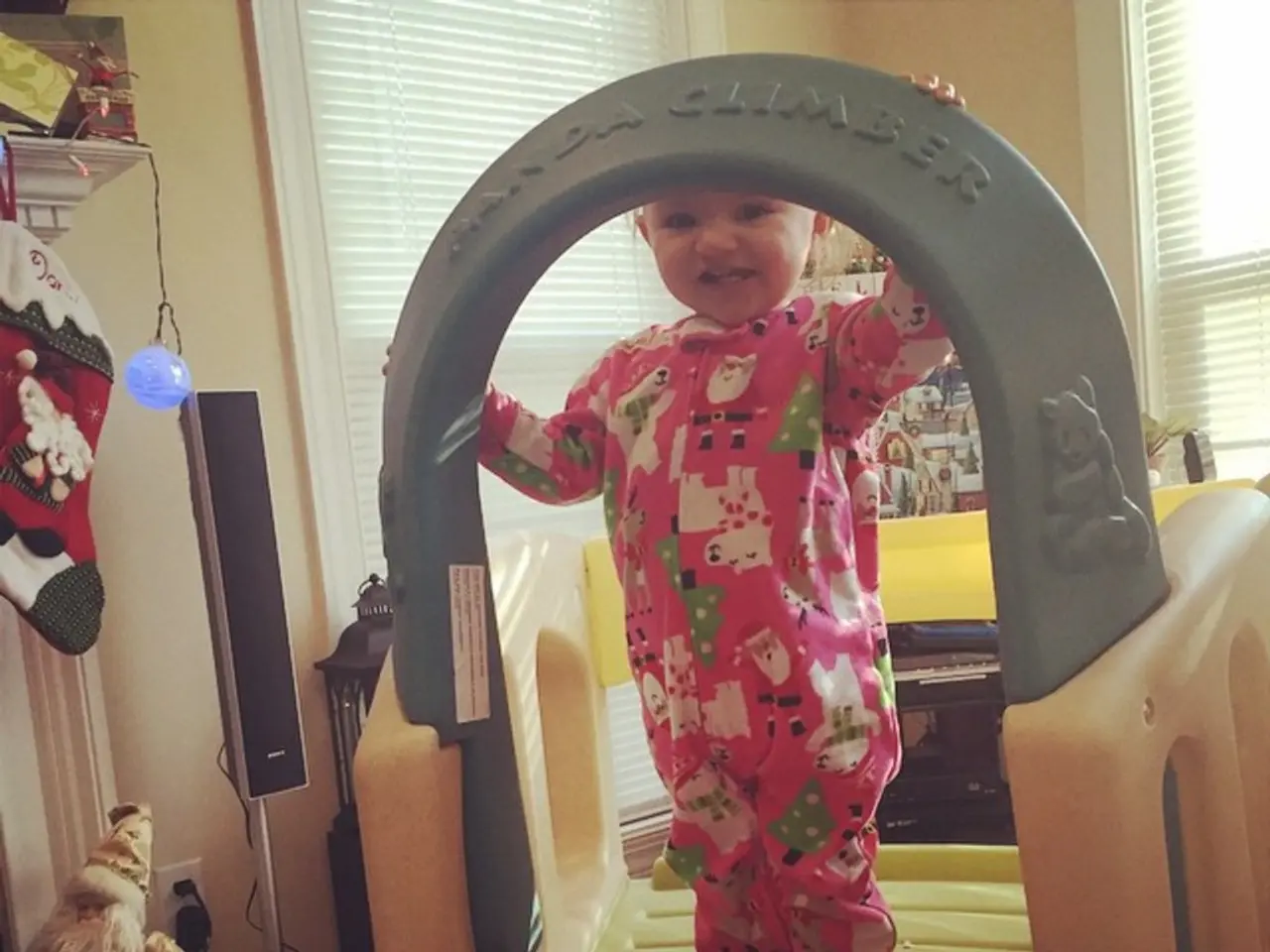Boosting Innovative Problem-Solving Strategies for Students in Early Education
Fostering Creative Problem Solving in Young Learners
In the realm of early childhood education, a shift towards nurturing creative problem solving skills is gaining momentum. This approach, which emphasizes inquiry-based learning and play-based activities, is proving to be a powerful tool for fostering curiosity, critical thinking, and resilience in young learners.
Inquiry-based Learning: The Spark of Curiosity
At the heart of this educational shift is inquiry-based learning, a method that nurtures curiosity and promotes exploration. By encouraging children to ask questions and seek solutions, this approach empowers them to approach challenges with an inquisitive mindset.
Play-based Activities: Thinking Outside the Box
Play-based activities, another key component, challenge children to think outside the box, enhancing their critical thinking abilities. Through open-ended questions, playful activities, and hands-on projects, parents and educators can support creative problem solving in young learners.
Project-Based Learning: Real-world Challenges
Project-Based Learning (PBL) offers a unique opportunity for young learners to investigate complex questions and problems, fostering their ability to think critically and develop innovative solutions. PBL further enhances creative problem-solving by engaging learners in real-world challenges.
Thematic Learning: Connecting the Dots
Thematic learning approaches integrate various subjects around a central theme, allowing young learners to explore and connect knowledge more effectively. This holistic approach, when combined with PBL and inquiry-based learning, creates a dynamic learning atmosphere that encourages collaboration, social skills, and emotional intelligence.
Educators as Catalysts
Educators play a pivotal role in fostering creative problem solving. Active facilitation, a supportive learning environment, and a family culture that values creativity and problem solving are all essential for nurturing these skills in young learners.
Overcoming Challenges
Teaching creative problem solving in young learners presents challenges, such as balancing structure with creativity, varying developmental stages, limited resources, and the emphasis on standardized testing. However, with adaptability and responsiveness, educators can effectively guide students in their problem-solving journeys.
The Future of Creative Problem Solving
The future of creative problem solving in young learners is influenced by technological advancements, interdisciplinary approaches, global perspectives, and a focus on cultivating environments that support exploration and innovation. As we move forward, the importance of fostering independent thinking, resilience, and adaptability in our young learners becomes increasingly evident.
One notable example of this is the TSA Bildung und Soziales gGmbH, an organisation that has made significant strides in promoting creative problem-solving in preschool children. Through hands-on activities like inventor workshops and social projects, they foster empathy and emotional competence, creating a foundation for lifelong learning.
In conclusion, the integration of creative problem solving into early childhood education is a promising step towards fostering a new generation of innovative thinkers. By nurturing curiosity, critical thinking, and resilience, we can empower our young learners to navigate the challenges of the future with confidence and creativity.
Read also:
- Peptide YY (PYY): Exploring its Role in Appetite Suppression, Intestinal Health, and Cognitive Links
- Toddler Health: Rotavirus Signs, Origins, and Potential Complications
- Digestive issues and heart discomfort: Root causes and associated health conditions
- House Infernos: Deadly Hazards Surpassing the Flames








